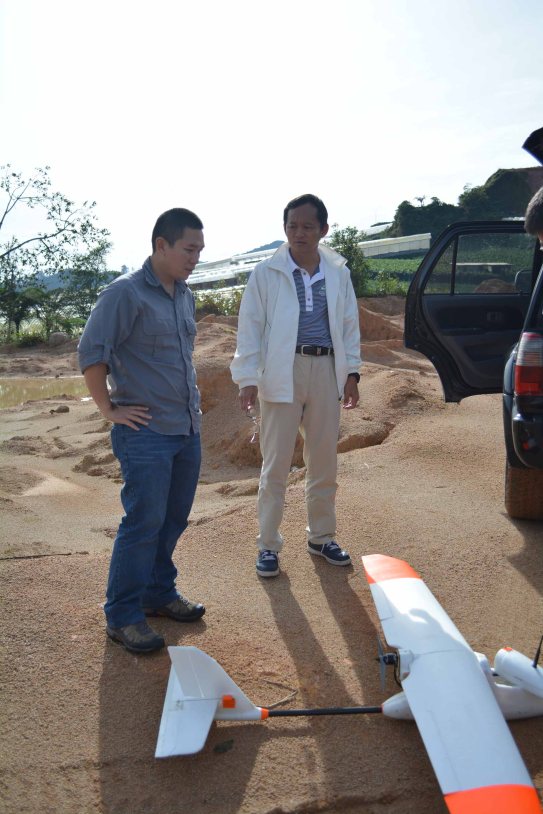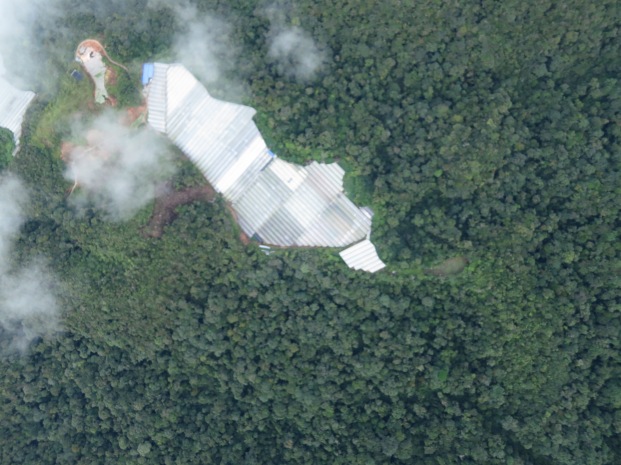
Less than one month ago I predicted that eventually DSLR's as we know them will disappear, and instead you will buy lenses with the imaging chip (CMOS) built right in to the back of the lens. Then you will only attach a simple body to it that gives you IO and a viewing monitor. This is because CMOS chips are constantly coming down in price, but the really important part, the glass, will always be expensive.
This is an interesting idea for us because it will allow us to lift only the imager section, without carrying the weight of the DLSR body, which will cut in half the weight of a quality imager.
Well, it is already starting. Sony have just released the QX10 and the QX100. Both are basically intended as high(er) quality imagers, for use with your existing smart phone. They sort of clip on front of the phone, and you use the smart phone as the IO system. They can apparently operate independently as well.
The QX100 is particularly interesting, because it weighs only 179g, but gives you a 1" CMOS chip, along with some decent quality glass. Pretty amazing. You can imagine building a nice little brushless gimbal around this thing and have a pretty nice setup for only about twice the weight of a GoPro.
However, I must say that I am quite disappointed in some of the specs. Sony seem to have dumbed down performance, particularly video, as it's only capable of 1440x1080 at 30 FPS whereas the RX100 which uses the same chip can do 1920x1080 at 60FPS.
But still, this is a very interesting development for aerial photography.
Otherwise, I imagine this will be a market flop as it doesn't really make a lot of sense. It's 2/3rd's the price of an RX100, but doesn't have the same performance or features (limited manual control). Every time you want to use it, you have to pull it out of your pocket, attach it to your camera, flip to the camera app... Meanwhile somebody with a stand alone camera could have turned it on and snapped several pics already.

Maybe the QX10 is actually a more interesting candidate for aerial photography. The lens and imager on this is the same as Sony's mid-range point and shoots. In reality, the image quality is quite good. And at 105g, it's only slightly heavier than a GoPro. You could mount this on any tiny quad, and get pretty good photos and video. (no GoPro fisheye!!!). It also has optical image stabilization.
I'm not sure this will be a home run product either. But both units are signs of more interesting things to come in this market.








